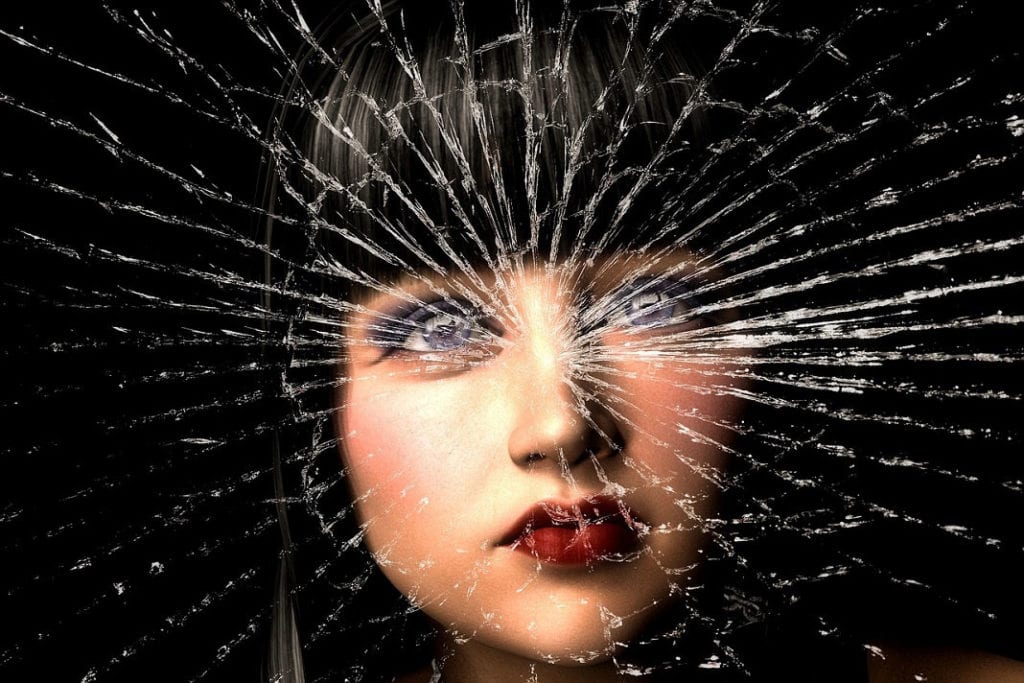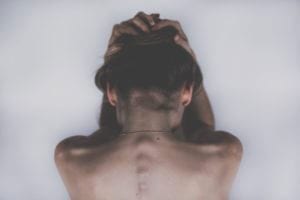Editor’s Note: We believe that patients are a key part of developing and leading the conversation in disease communities. Patient Worthy sometimes partners with reputable agencies that wish to speak with patients about opportunities related to their diagnosed conditions. These opportunities can include activities such as sharing stories with other patients or health professionals about their diagnosis journey or recording video testimonials. To learn more about how to get involved with an opportunity for bipolar disease patients, click here.
More than 40 countries worldwide have partially or fully legalized cannabis use in medical and recreational settings. Cannabis products may be used for pain management, anxiety reduction, or within a variety of other treatment settings. However, some prior research has shown a potentially harmful connection between cannabis use and mood or mental health disorders. For example, people who use cannabis have a higher risk of developing schizophrenia, with high-THC cannabis use increasing that risk even more. But the relationships between cannabis use and other mood disorders, such as bipolar disorder or depression, are less understood. According to Psychology Today, a study published in JAMA Psychiatry set out the explore this connection.
This cohort study, which included data from over 6.6 million individuals living in Denmark, examined whether diagnosis with cannabis use disorder increased the risk of psychotic or nonpsychotic depression or bipolar disorder. After analyzing the evidence, the authors found that:
- People diagnosed with cannabis use disorder were more likely to have depression than people without this disorder.
- 14.1% of people diagnosed with cannabis use disorder were later diagnosed with bipolar disorder. Also, 90.2% were diagnosed with nonpsychotic bipolar disorder and the remaining 9.8% with the psychotic form.
- People had the highest risk of being diagnosed with psychotic bipolar disorder following a cannabis use disorder diagnosis, followed by nonpsychotic bipolar disorder, and finishing with unipolar depression.
- The risk of depression and bipolar disorder were highest right after a cannabis use disorder diagnosis, but these rates still stayed high for up to 10 years following diagnosis.
What is Cannabis Use Disorder (CUD)?
Cannabis use disorder occurs when people use cannabis (marijuana) in ways that are problematic, even if their usage has negative health impacts. As VeryWell Mind explains, at least two of the following criteria must occur within a 12-month period for someone to be diagnosed with cannabis use disorder:
- Craving cannabis
- Difficulty controlling or cutting down use
- Having issues at work, home, or school
- Growing tolerance to cannabis
- Withdrawal when discontinuing use
- Continuing to use cannabis despite physical, social, psychological, or relationship issues
- Using more cannabis than intended
- Spending a lot of time on cannabis or giving up other activities to use cannabis
- Ingesting cannabis in high-risk situations
An estimated 93 million people worldwide use cannabis products. Of these 93 million, an estimated 10% have cannabis use disorder. The risk of developing this condition is said to increase among those who started using cannabis at earlier ages.
You can find more information about cannabis use disorder at the Centers for Disease Control.
About Bipolar Disorder
Bipolar disorder is a chronic mood disorder and mental health condition characterized by dysregulated mood, energy, thinking, and behavior. These sometimes intense shifts can last for anywhere from hours to months, and can be debilitating. There are four types of bipolar disorder: I, II, cyclothymic disorder, and other specified/unspecified bipolar and related disorders. Learn more about the four types here.
People with bipolar I must have had at least one manic episode lasting at least one week with/without experiencing a depressive episode. Mania is characterized by extremely energized behavior that differs from your normal mood and behavior. It may cause significantly elevated moods or extreme irritability. People having manic episodes may begin acting recklessly and occasionally develop delusions or hallucinations. Bipolar II is characterized by a less severe type of mania called hypomania. Individuals with bipolar disorder may also experience depressive episodes. People with bipolar disorder are not always hypomanic/manic or depressive. They also have periods of euthymia (or normal moods). Learn more about the symptoms of hypomanic, manic, and depressive episodes.
Editor’s Note: We believe that patients are a key part of developing and leading the conversation in disease communities. Patient Worthy sometimes partners with reputable agencies that wish to speak with patients about opportunities related to their diagnosed conditions. These opportunities can include activities such as sharing stories with other patients or health professionals about their diagnosis journey or recording video testimonials. To learn more about how to get involved with an opportunity for bipolar disease patients, click here.








